Are you tired of not being able to see the stars at night? Do you live in Kentucky and wonder if light pollution affects your stargazing experience? Look no further than the light pollution map Kentucky.
The light pollution map of Kentucky is an invaluable tool for amateur astronomers and stargazers alike. With its easy-to-use interface and accurate data, you can determine the best locations for stargazing in the state. The map shows the levels of light pollution in different areas of the state, allowing you to plan your stargazing trips accordingly. Whether you’re a seasoned astronomer or just starting, this map can help you find the perfect spot to observe the night sky.
In a nutshell
- Use the map to find areas with low light pollution. These areas will provide the best views of the stars and planets.
- Plan your stargazing trips around the phases of the Moon. A full moon can make seeing fainter objects in the sky difficult.
- Look for areas with clear skies and good weather conditions. Cloudy or hazy skies can make stargazing difficult, even in low-light pollution areas.
So what are you waiting for? Start exploring the light pollution map of Kentucky today and discover the beauty of the night sky like never before.
In this article, you get
Tips on finding the perfect stargazing spot, free from light pollution
A look at the Kentucky Dark Sky Map (Bortle Scale Map)
Information to help you mitigate the effects of light pollution
By the end of this article, you’ll have all the reasons for finding a dark night sky away from the urban area in Kentucky.
Let’s dive right in.
What is Light Pollution?
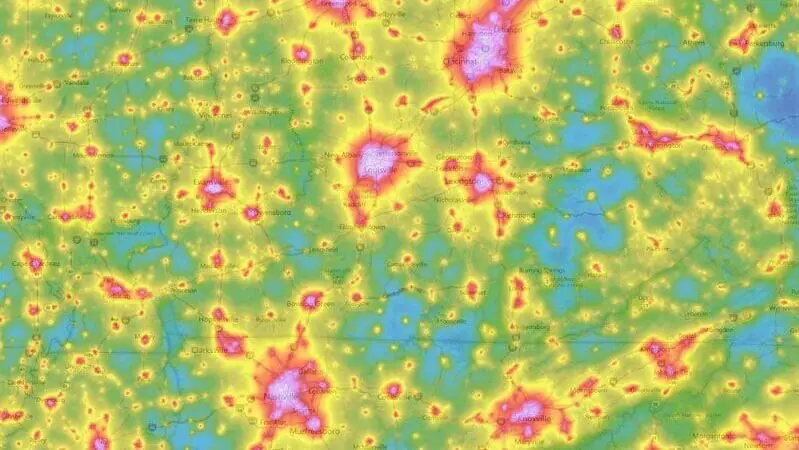
Light pollution is the excessive or misdirected artificial light produced by human activities that affect the natural environment and the visibility of stars in the night sky. Excessive light can cause problems such as glare, sky glow, and light trespass. It can also negatively impact wildlife, plants, and human health.
Bortle Scale
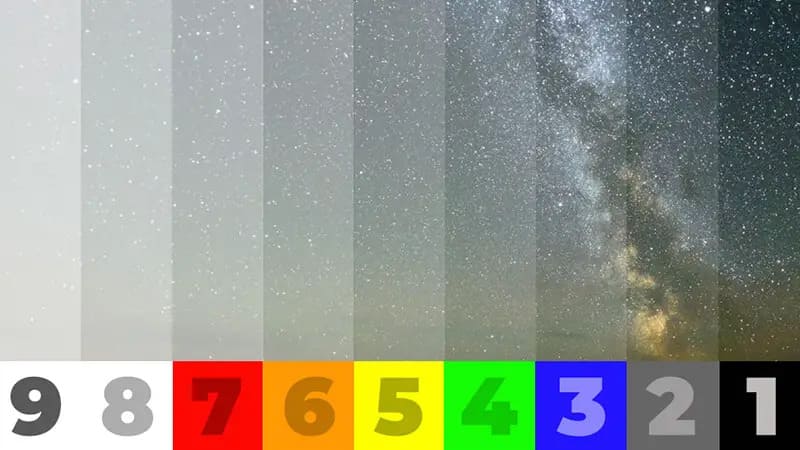
The Bortle Scale is a nine-level numeric scale that measures the night sky’s brightness. It ranges from Class 1 (the darkest sky) to Class 9 (the brightest sky). The scale was created by John E. Bortle in 2001 and is widely used by astronomers to determine the quality of the night sky for stargazing.
FREE STARGAZING CHECKLIST
My 5-page Stargazing Checklist will enhance your astronomical observations.
Follow this free checklist to navigate the night sky with confidence, clarity, and a sense of preparedness for a rewarding stargazing experience.

Sky Brightness

Sky brightness refers to the amount of light in the sky scattered by the atmosphere. The sky’s brightness can affect the visibility of stars and other celestial objects. It is affected by moonlight, clouds, and light pollution.
Light pollution can be measured using Sky Quality Meters (SQM) devices. These devices measure the night sky’s brightness and the amount of light pollution in an area.
Here are some tips to reduce light pollution:
- Use outdoor lights that are shielded and directed downward to minimize light pollution and glare.
- Turn off lights when they are not needed.
- Use curtains or blinds to block light from entering your home at night.
- Support organizations that work to reduce light pollution.
By understanding the impact of light pollution on the environment and taking steps to reduce it, we can preserve the beauty of the night sky for future generations.
Light Pollution in Kentucky
If you’re an amateur astronomer in Kentucky, you may wonder how light pollution affects your stargazing experience. Fortunately, resources are available to help you better understand light pollution in Kentucky and find dark sky parks to enjoy the night sky.
Light Pollution Map Kentucky

The ClearDarkSky website offers a light pollution map of Kentucky that shows the intensity of light pollution in different areas of the state. Think of this as your Bortle Scale Map.
The map uses a color-coded system to indicate light pollution ratings, with darker colors indicating areas with less light pollution.
You can adjust the intensity slider to see the light pollution colors and road map details, and you can zoom in and out to explore different areas of the state. It’s a very clever dark skies map!
Dark Sky Parks in Kentucky
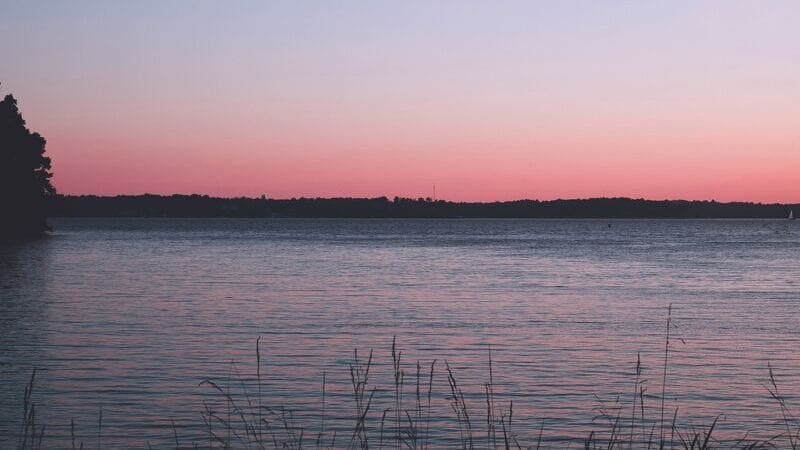
Kentucky is home to several dark sky parks certified by the International Dark-Sky Association (IDA) for their efforts to reduce light pollution and preserve the night sky. These parks offer some of the best stargazing opportunities in the state, with minimal light pollution and clear views of the stars.
Here are a few of the dark sky parks in Kentucky certified by the International Dark Sky Association:
- Big South Fork National River and Recreation Area: This park spans over 125,000 acres and offers some of the darkest skies in the eastern United States. The park hosts stargazing events yearly, including a famous “Star Party” in September.
- Land Between the Lakes National Recreation Area: This park is located on a peninsula between Kentucky Lake and Lake Barkley and offers over 170,000 acres of protected land for stargazing. The park hosts regular astronomy programs and events, including a “Star Party” in April.
- Jenny Wiley State Resort Park: This park is in eastern Kentucky and offers a designated stargazing area with telescopes for public use. The park also hosts regular astronomy programs and events, including a “Star Gaze” weekend in November.
By using the Kentucky light pollution map and visiting dark sky parks in the state, you can enjoy the beauty of the night sky without the interference of excessive light pollution.
Which is your favorite international dark sky park?
Stargazing and Astrophotography in Kentucky
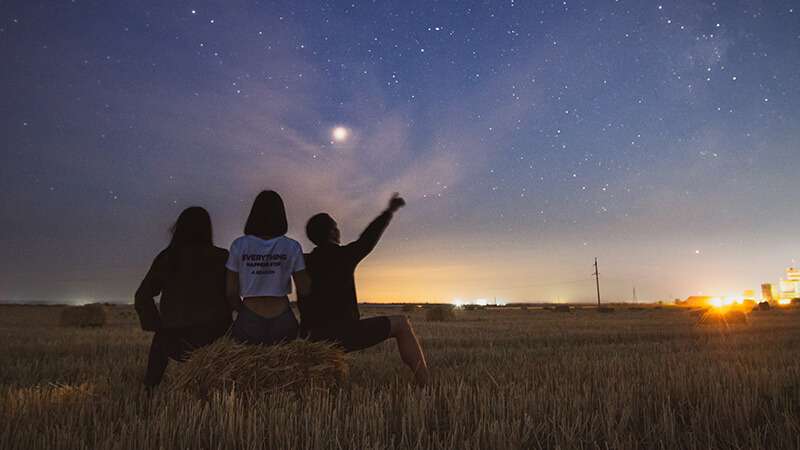
Thanks to its relatively low light pollution levels, Kentucky is an excellent place for stargazing and astrophotography in North America.
Whether you’re a beginner or an experienced astronomer, there are plenty of opportunities to observe the night sky in this state. This section will discuss two important aspects of stargazing and astrophotography: Zenith and Horizon, and Limiting Magnitude.
Zenith and Horizon
When stargazing, finding a location with an unobstructed view of both the Zenith and the Horizon is essential. The Zenith is the point directly overhead, while the Horizon is the line where the sky meets the ground. This will allow you to observe the entire night sky, from the stars above to the planets and galaxies on the horizon.
Limiting Magnitude
The Limiting Magnitude is the faintest star seen with the naked eye. In Kentucky, the Limiting Magnitude is typically around 5.5, meaning you can see stars up to the 5.5th magnitude. This is enough to observe objects like M33, M15, and even the Milky Way on a clear night.
To make the most of your stargazing and astrophotography experience in Kentucky, here are some tips:
- Find a location away from city lights to reduce light pollution.
- Use a telescope or binoculars to observe fainter objects.
- Use a red light instead of a white light to preserve your night vision.
- Check the weather forecast before heading out to ensure clear skies.
- Bring warm clothing and a blanket to stay comfortable during long observing sessions.
With these tips in mind, you’ll be able to enjoy the beauty of the night sky in Kentucky.
Observing the Night Sky in Kentucky
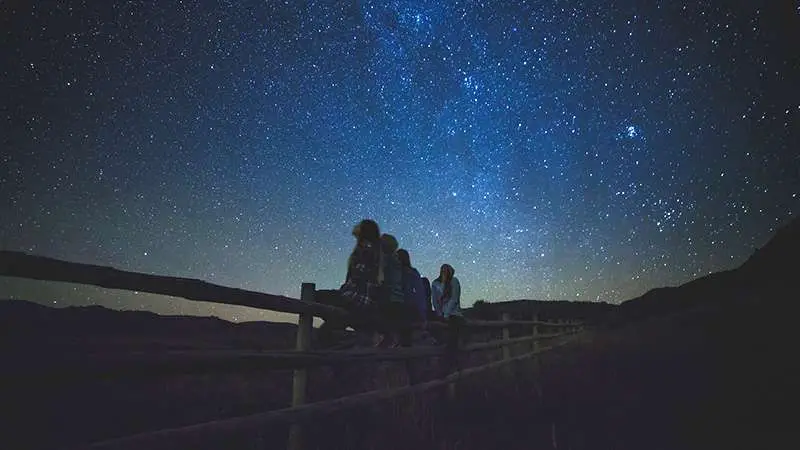
Kentucky is a great place to observe the night sky, but light pollution can make it difficult to see the stars.
In this section, I will discuss some tips and tricks for watching the night sky in Kentucky, including how to use satellite images to find dark sky locations, how cities affect light pollution, and how to use averted vision to see faint objects.
Satellite Image of Kentucky
One way to find dark sky locations in Kentucky is to use satellite images.
Satellite images can show you where light pollution is coming from and where the darkest areas are. The satellite image of Kentucky shows that the eastern part of the state has darker skies than the western part. This is because the eastern part of the state has more rural areas with fewer cities and less light pollution.
Cities and Light Pollution
Cities are a significant source of light pollution in Kentucky.
The larger the city, the more light pollution it produces. For example, Louisville and Lexington are two of the largest cities in Kentucky and cause a lot of light pollution.
If you want to observe the night sky in Kentucky, it’s best to find a location away from the city lights. The Clear Sky Chart is an excellent resource for finding dark sky locations in Kentucky.
Averted Vision
Averted vision is a technique that can help you see faint objects in the night sky.
Instead of looking directly at an object, you look slightly to the side of it. This allows more light to enter your eye and can make faint objects easier to see.
Averted vision is beneficial for seeing objects like the Zodiacal Light and the Gegenschein, which are very faint.
Here are some tips for using averted vision:
- Relax your eyes, and don’t stare directly at the object.
- Look slightly to the side of the object.
- Use your peripheral vision to see the object.
- Practice using averted vision on bright objects like the Moon before trying it on faint objects.
Using satellite images to find dark sky locations, avoiding cities, and using averted vision, you can observe the night sky in Kentucky and see some amazing objects.
In the next section, I will discuss the different types of light pollution and their effects on the night sky.
Preserving Dark Skies in Kentucky
As an amateur astronomer, I know how important it is to preserve dark skies. Kentucky has several International Dark-Sky Association (IDA) certified sites and State Parks with Stellar Viewing Areas (SRA). Here are some ways that we can preserve dark skies in Kentucky.
Dark Sky-Friendly Lighting
One of the leading causes of light pollution is outdoor lighting. Too much light can wash out the stars and make it difficult to see the night sky. However, there are ways to reduce light pollution while maintaining safe and functional lighting.
- Use shielded light fixtures that direct the light downward instead of outward.
- Choose bulbs with lower wattage and warm color temperatures.
- Install motion sensors or timers to turn off lights when not in use.
- Use blackout curtains or blinds to prevent light from entering your home at night.
Wildlife and Dark Skies
Light pollution can also have a negative impact on wildlife. Many animals rely on the natural cycles of light and dark to regulate their behavior. Here are some ways to reduce the impact of light pollution on wildlife:
- Turn off outdoor lights when not in use.
- Use red or amber lights instead of bright white lights.
- Choose fixtures that emit light only in the necessary direction.
- Use curtains or blinds to prevent light from entering your home at night.
By taking these steps, we can help preserve the beauty of Kentucky’s night skies and protect the wildlife that calls it home.
Summary: Kentucky Light Pollution
Thank you for reading my article “Light Pollution Map Kentucky.”
Kentucky is a beautiful state with lots of natural beauty, but it has a fair amount of light pollution. Light pollution can make it difficult to see the stars, the northern lights, and other celestial objects in the sky. Fortunately, there are ways to reduce the amount of light pollution in Kentucky and enjoy the beauty of the night sky.
According to the light pollution map, Kentucky has some areas with low light pollution, such as the Daniel Boone National Forest and Mammoth Cave National Park. However, the map also shows that most of the state is affected by light pollution, especially in urban areas.
One of the leading causes of light pollution is excessive outdoor lighting. By using more efficient lighting fixtures and reducing the amount of light emitted, we can help reduce light pollution in Kentucky. This includes streetlights, commercial lighting, and residential lighting.
Here are some tips to help reduce light pollution in Kentucky:
- Use motion-activated lights that only turn on when needed.
- Use shielded fixtures that direct light downward and reduce light spill.
- Turn off lights when they’re not required.
- Use low-wattage bulbs.
- Encourage local businesses and government agencies to use more efficient lighting.
By taking these simple steps, we can help reduce light pollution in Kentucky and enjoy the beauty of the night sky.
In conclusion, Kentucky has some areas with low light pollution, but most of the state is affected by light pollution.
By taking simple steps, such as using more efficient lighting fixtures and turning off lights when they’re not needed, we can help reduce light pollution in Kentucky and enjoy the beauty of the night sky.
So, next time you’re out at night, take a moment to look up at the stars and appreciate the natural beauty of the universe.




